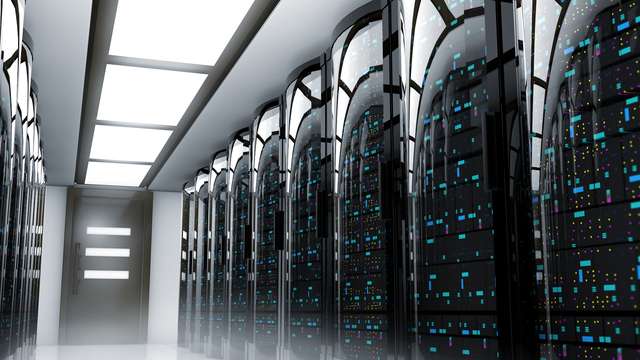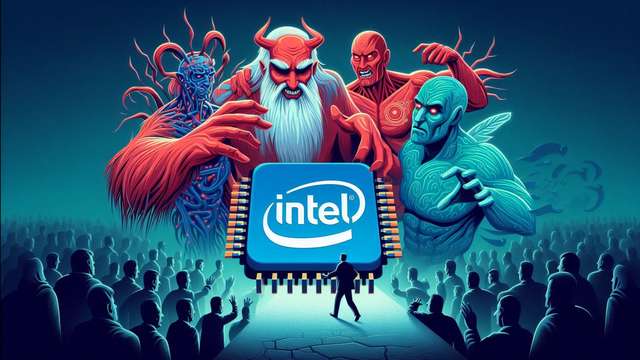
German technological expansion is entering its next phase. Our western neighbours have a snarl for leadership in this area, and their recent actions show that they do not intend to throw their words to the wind.
Table of contents
A challenge thrown down
As reported by ExtremeTech, the Germans want to launch as many as three powerful supercomputers in the next three years, which will not only raise their, and Europe's, profile in the field of scientific and technological research, but also - and perhaps above all - fit in with the global trend.
The first of these is Jupiter, a powerful supercomputer located in North Rhine-Westphalia, which is expected to debut with its enormous computing power of more than 1,000 petaflops as early as 2024.
The project can count on the financial support of EuroHPC JU, the European Union and private investors, thanks to which Jupiter is expected to join the family of the fastest and most powerful machines on the Old Continent, such as Italy's Leonardo or Finland's Lumi.
But that is not all. The Germans' ambitions are much greater and go beyond Europe. Worth more than €500 million, the project is set to challenge world leaders, including, of course, the American Frontier from Oak Ridge National Laboratory.
Ambitious plans
German determination does not end with Jupiter, however. Indeed, there are plans to launch two more supercomputers in the coming years. The first of these, the Hunter, is being developed through a collaboration between the University of Stuttgart and Hewlett Packard Enterprise. Scheduled for 2025, the project is expected to use the HPE Cray EX4000 architecture and AMD Instinct MI300A processors, reaching a peak power of 39 petaflops.
Another project is Herder, scheduled to be launched in 2027 at the Stuttgart Supercomputing Centre. It is expected to surpass the exaflop limit, opening up new perspectives in scientific research, artificial intelligence and simulation.
Supercomputers at the price of gold
Supercomputers, not only represent impressive numbers and technology, but also a revolution in scientific research. Examples such as the US Frontier or Japan's Fugaku show how advanced computing is essential for complex simulations in fields as diverse as quantum physics, climate change or molecular biology.
But German investment is not just a race for supremacy among technological powers. It is also a step forward for European research and emerging technology. The cooperation with the EuroHPC JU and the EU allows for synergies towards a common goal - to accelerate scientific and technological progress on the Old Continent.
In the context of the global competition, it is also worth mentioning two other powerful - aforementioned - supercomputers. The American Frontier, like the German Jupiter, exceeds the 1,000 petaflops mark. Japan's Fugaku, on the other hand, although no longer leading the world ranking, continues to impress with its computing power, opening up entirely new horizons in science and research into new technologies.
These three powerful supercomputers, representing Europe, the USA and Japan, represent gigantic progress. Their growing importance confirms that the race for the future of technology is gaining momentum and that innovation is becoming a major driver of progress on the global scientific and technological stage.






